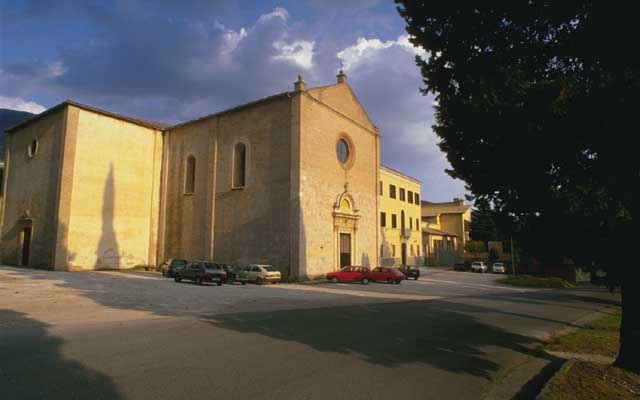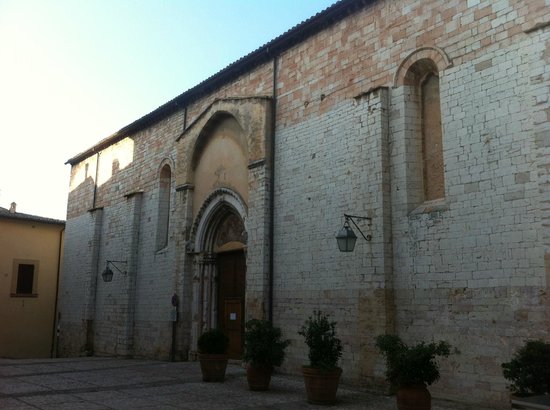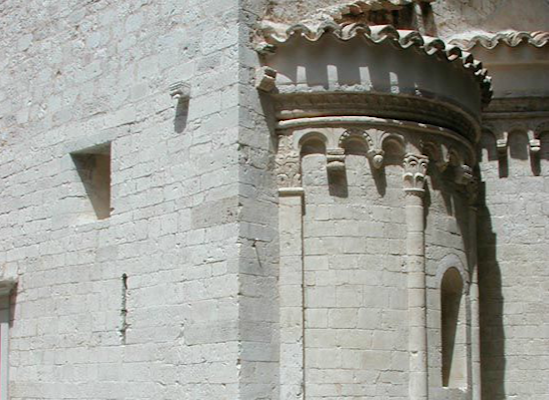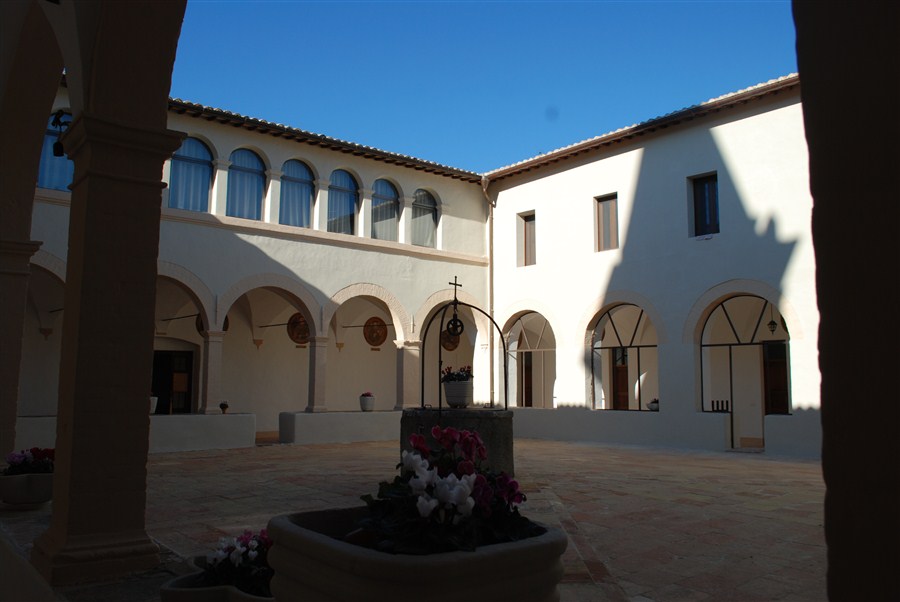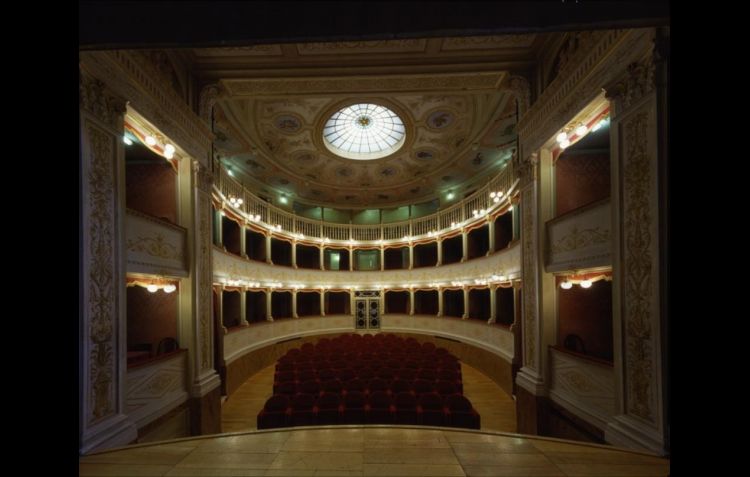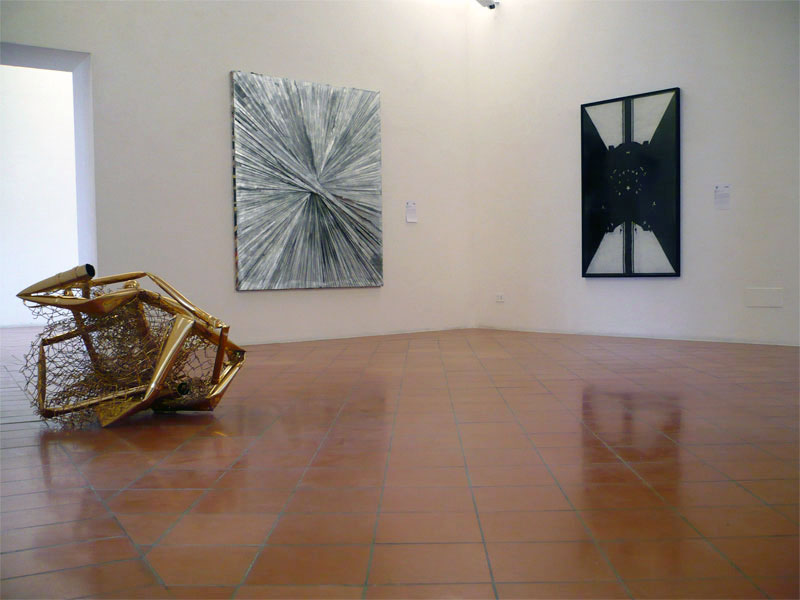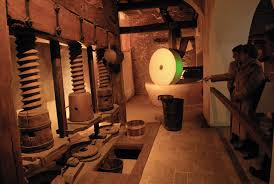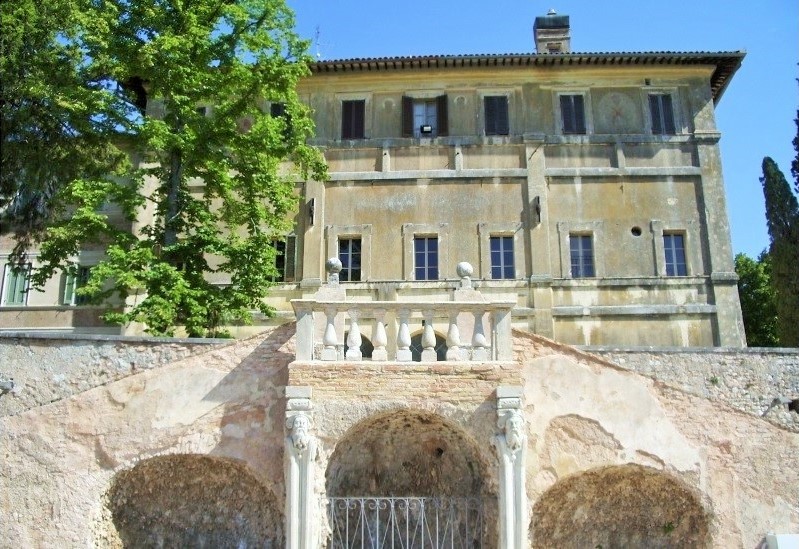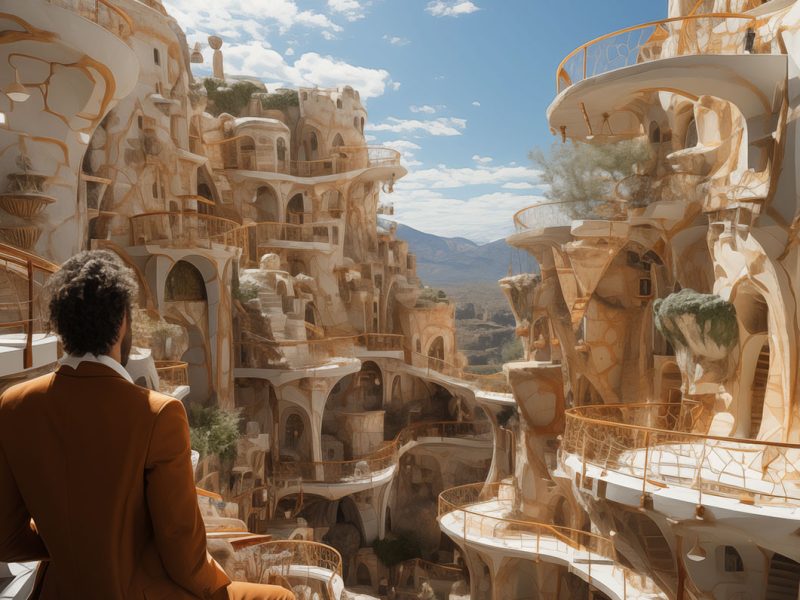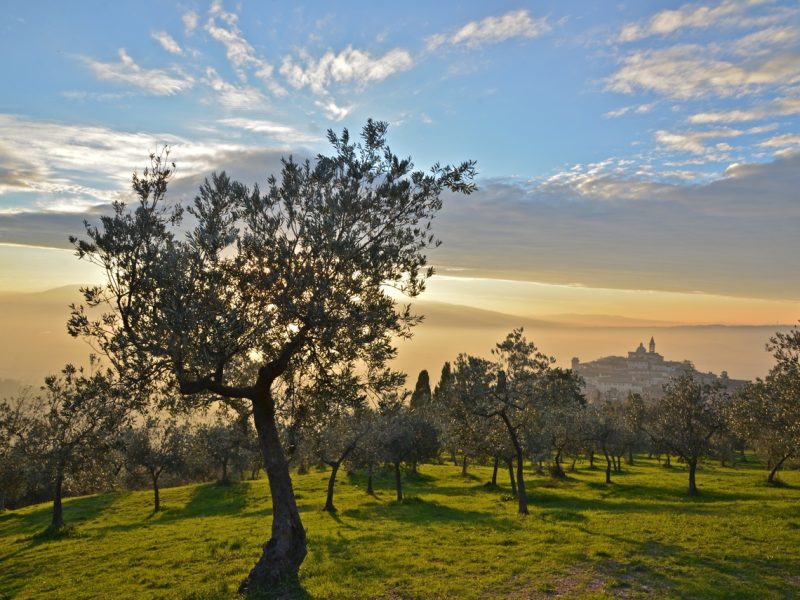Trevi
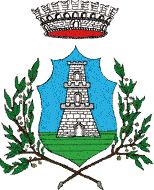
PROVINCE:
Perugia
WEB:
info point
Ufficio IAT di Trevi
Via delle Grotte, 2 (Villa Fabri)
Tel:+39 0742 332269
Trevi


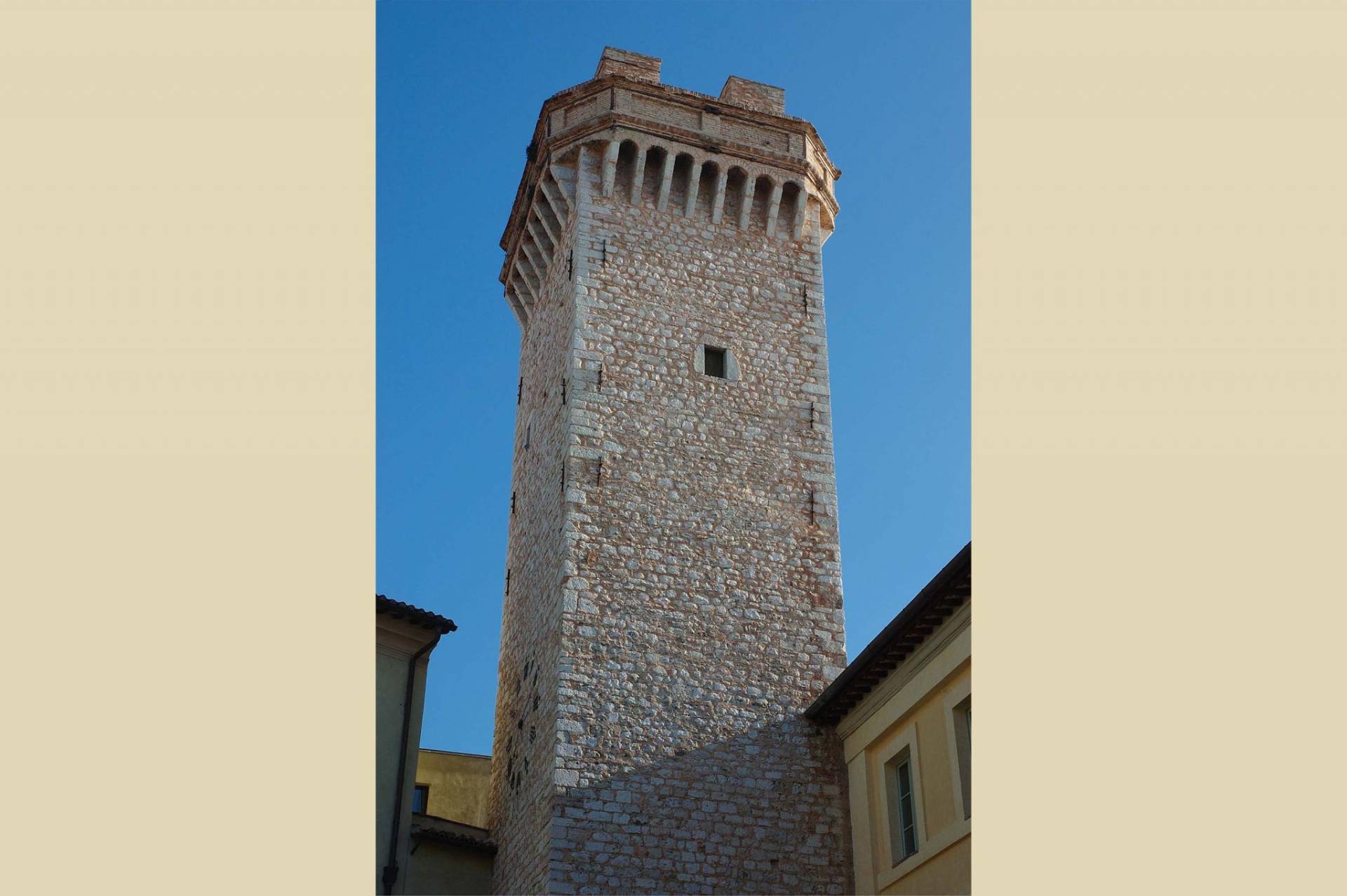
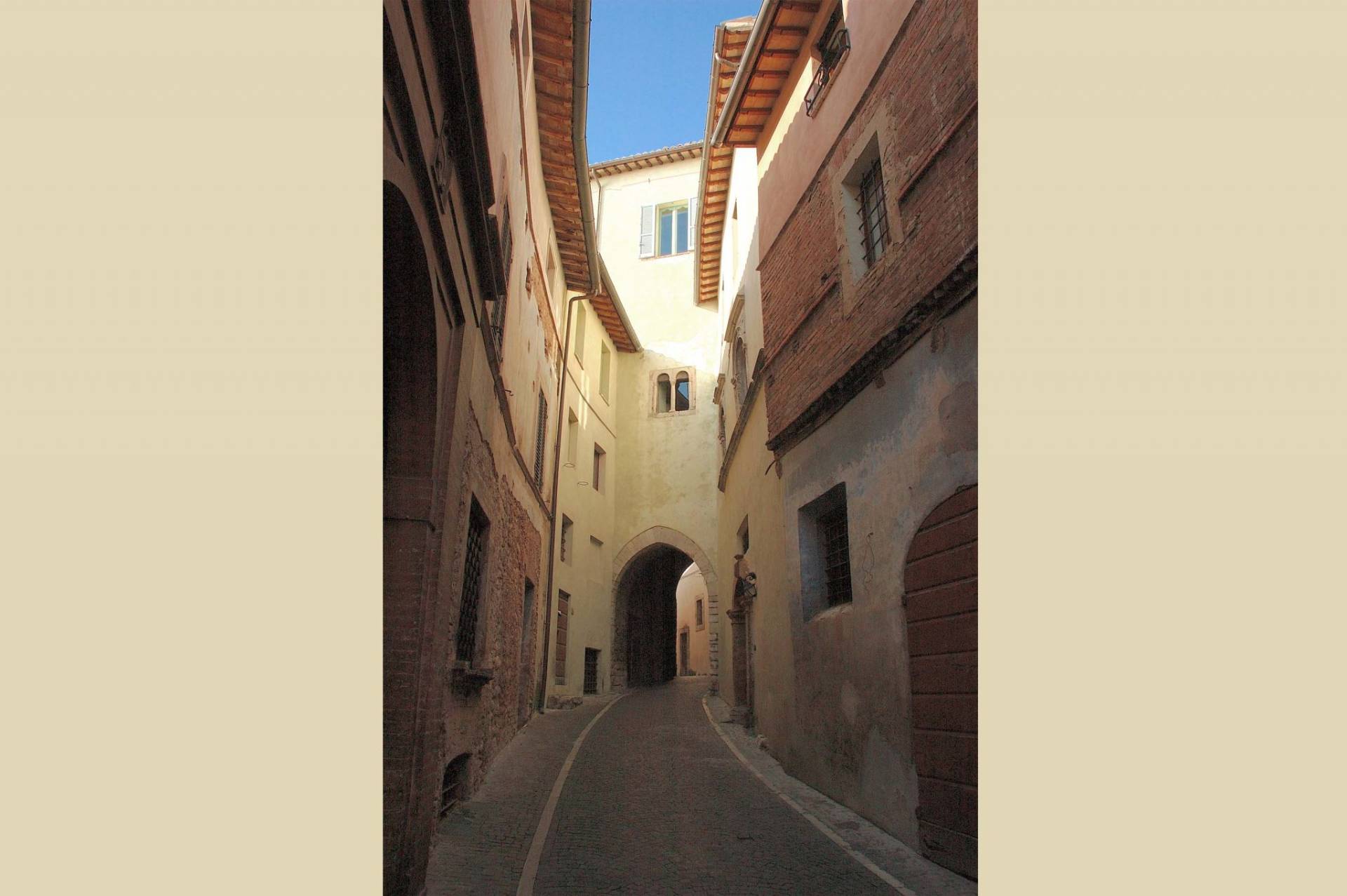
trevi is REGISTERED WITH:
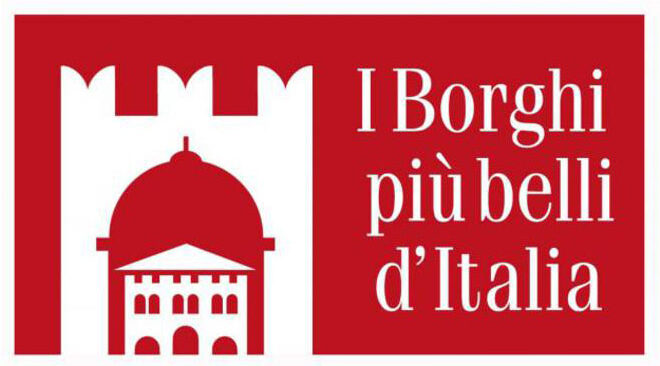
discovering the village
In the center of Umbria, on an offshoot of Mount Serano, stands Trevi, an ancient village of uncertain etymology, already known to Pliny the Elder: it is precisely in his writings that it appears as Trebiae, a name that could refer to the goddess Diana known as Trivia or more simply derive from treb-, Umbrian root of words such as house or construction.
Born in Roman times from the union between the fortification on the hill and the civitas on the plain, Trevi has been in existence since the 3rd century BC. acquires relevance thanks to the Romanization process and the construction of the Via Flaminia which, involving the reclamation of the valley, allows the development of country villas along Clitunno. But in the 6th century the valley became swampy again, the Clitunno-Tiber river system became unnavigable and Roman dominion declined; the civitas was abandoned, the hill was repopulated and first became a steward of the Lombards, then a municipality, conquered and sacked by Spoleto and later ravaged by the vicariate of the Trinci of Foligno. It flourished again in the 14th century thanks to its prized olive oil, becoming the important commercial center called the dry port; having acquired the title of city thanks to Pope Pius VI, it will follow the fate of the Papacy until the Unification of Italy.
Trevi develops in concentric circles within a conical shape that follows the conformation of the hills, enchanting the gaze of travelers and writers like Leopardi. The heart of the historic center is Piazza Mazzini, which is at the corner of the town hall, and its 13th century civic tower. Continuing alongside Palazzo Valenti, you arrive at the former convent of San Francesco, a museum complex which houses the Art Gallery, the Civic Museum, the Museum of Olive Civilization and the Art Collection. The church of San Francesco from 1288 houses a 14th century Giotto-inspired crucifix on a panel, created by an unknown artist called the Master of the Trevi Crucifix; it also houses the sepulchral stele of the hermit Beato Ventura, who died in 1310. Continuing along via Fantosati, passing Porta del Cieco, you reach the top of the hill where the cathedral of Sant’Emiliano, rebuilt in the 19th century, houses the altar of the Sacrament , decorated by Rocco di Tommaso. Before Porta del Cieco, however, from Piazza Garibaldi you reach the promenade of Viale Ciuffelli, shaded by centuries-old trees, a bridge between the center and the Franciscan convent of San Martino, where the chapel frescoed by Spagna is located.
Going down towards Via Flaminia, you come across the Renaissance sanctuary of the Madonna delle Lagrime – so called due to the tearing of a painting depicting the Madonna – which preserves the sepulchral monuments of the Valenti family and the Adoration of the Three Wise Men with Saints Peter and Paul (1521) , Perugino’s last work. Beyond the Mastaccio Arch, there are medieval houses and Renaissance palaces such as Villa Boemi, not to mention the Clitunno theatre, embellished with a curtain painted by Domenico Bruschi.
The nature of Trevi offers many opportunities: walks to discover wild herbs, biking, birdwatching, horse riding and visits to the Clitunno Springs, fed by underground springs, a true naturalistic jewel.
Municipality of the Lands of Oil and Sagrantino and home to haute cuisine schools based on the use of oil, an exploratory visit to the oil mills in Trevi is a must. Among the most anticipated events are the Procession of Santa Illuminata, Trevi in piazza and Palio dei Terzieri, but also the Trevi Black Celery Market Exhibition and the New Oil Festival, unmissable events to discover the tasty products that are flowers the flagship of the village: the tender black celery, excellent stuffed or in dips and the excellent olive oil with organoleptic characteristics unique in the world. To crown the gastronomic specialties, Trebbiano cannot be missing, a limited production wine with an unmistakable aroma.

